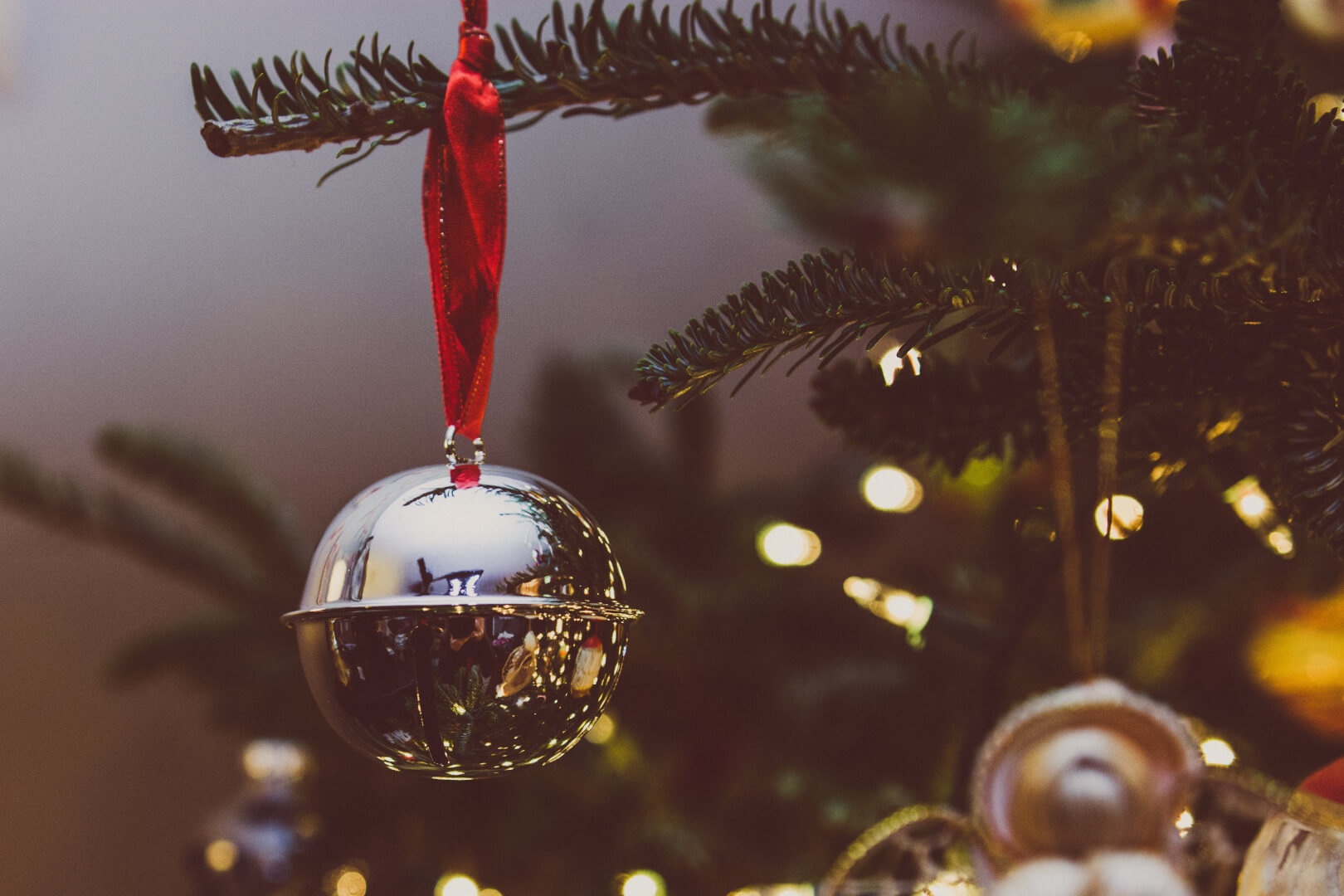There are certain things that just make it feel more like Christmas. Putting up the Christmas tree, hanging a wreath on your door, and putting up Christmas lights make our homes and our neighborhoods more merry and bright. But did you know that many of these common Christmas traditions have faith-based origins?
Ace Collins is the man who knows ‘all things Christmas’ and he stopped by The Drew Mariani Show™ to share the origin stories of some of the most common Christmas traditions. Here’s what he said:
Christmas Tree
In Eastern Europe, the Catholic churches cut down an evergreen tree every year and stood it up in front of the church. It was known then as a ‘Creation Tree’ and it represented the tree in the Garden of Eden. They would do children’s pageants and they would have the children act out the Bible and tie a piece of fruit to the tree. So the initial use of a tree was to help teach the Gospel in a living picture book kind of way.
At that same time, in the northern parts of Europe like Scandinavia, people were marveling at evergreen fir trees, because they didn’t die in the wintertime when everything else died. So these trees represented to many, many pagan cultures life and the mystery of life. And when the early missionaries came to this region, they explained that the evergreen tree represented faith that never dies. They also pointed out the triangular shape of the fir tree as representing the Father, Son, and Holy Ghost. Even though it wasn’t associated with Christmas yet, it was associated with Christ. And it moved beyond the Creation Tree into that realm.
Christmas Lights
Martin Luther wanted to explain to his children how dark the world was before Christ came, and how when Christ came there was a light in the world. He was walking through a group of evergreens one night, and looked up and saw a moon and stars shining through those trees. So he rushed home and tied a candle to a tree, and explained how he lit it that this was the light that came into the world when Christ was born. And so we had the first light on a tree.
Christmas Wreaths
Not wanting to lose anything, these people would cut their trees in a triangle shape, and when they took the branches they cut off the trees, they would weave those into round circles to represent the cycle of life, eternity, and life never ending. And then they would put red ribbon on those to represent the blood of Christ. And then they would actually carve little figures (usually Nativity scenes) and put those in that circular display of the evergreen branches. Then they would hang that on the door. And there came the original Christmas wreaths.
Christmas Colors
The first ornaments were from 300-400 years ago in Germany. The first American companies to create Christmas ornaments didn’t do that until the last century. So the German Christmas ornaments were exported all over the world, and they had different colors.
The red ornaments were for the blood of Christ. The white ornaments (and later the white lights when we got electricity) represented the purity of Christ, the gold represented the light that came into the world when Christ was born. The blue represented love, the purple represented royalty or majesty, and the green represented everlasting life, much like the tree did.
Those colors became so associated with Christmas, that we forgot what they originally meant to the people who hung them. Because each of those colors displayed an element of their faith.
Listen to the full conversation with Ace Collins on the podcast. Listen to The Drew Mariani Show live weekdays from 3:00 – 6:00 p.m. Eastern/12:00 – 3:00 p.m. Pacific on Relevant Radio® and the Relevant Radio App.


